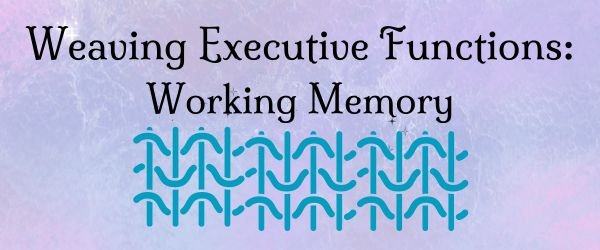The Emperor’s New Clothes & Some Naked Truths about Executive Functions
Once upon a time…
Hans Christian Andersen’s tale of The Emperor’s New Clothes was part of every child’s literary vocabulary.
I even have vague recollections of it being included in my long ago elementary school reading books.
But now: not so much. At least I don’t think so.
While I found many, many versions in my local library system, newer books were as rare as the wondrous invisible cloth the swindlers wove to clothe the arrogant emperor.
But as we discussed with The Three Bears (and is true of so many other fairy tales!) the story is still very much alive and well in adult metaphor.
It comes up a lot when discussing politics, but I also found it referenced in this article about ethics for social workers and even about how to deal with narcissism!
Why don’t kids hear it any more? I am guessing, at least for younger kids, it’s because: NAKED!
There’s not much that makes preschoolers roll around on the floor laughing hysterically than a reference to bare bums! And that doesn’t always bode well for circle time!
In addition, Andersen’s original version, like most of his writing, is filled with detailed imagery: too many words for the youngest.
I think, though, that we owe children the chance to connect with this literary variant of a tale told in cultures around the world.
A tale where a young child is the one who cuts through the BS and shines a bright light on Truth.
(Interested in young children and truth-telling? Try this NPR article on Theory of Mind and the ability to lie. It includes clips of actual research with kids that reveal where our story’s hero may be developmentally! Good stuff!)
The Emperor’s New Clothes
Retold and Illustrated by Deborah Allwright
Why this variant?
Simpler retelling of the story makes it more accessible for younger children
Large, bold illustrations: good for sharing
Emperor is more a selfish goofball than a mean, arrogant tyrant
He admits the error of his vain ways at the end, and “was a much happier emperor from that day on.”
The Emperor’s New Clothes
Retold by Riki Levinson; Illustrated by Robert Byrd
Why this variant?
Faithful retelling of Andersen’s tale, but all characters are animals
Whimsical, colorful illustrations to pore over
A “naked” lion emperor is, well…a LION, and so not the giggle-producer that his human counterpart is
No overt moralizing at end, so children can draw their own conclusions
The Chinese Emperor’s New Clothes
Written by Ying Chang Compestine; Illustrated by David Roberts
Why this variant?
Original retelling, set in China, and based on author’s own love of Andersen’s tale, forbidden to her as a child
The kind-hearted young emperor devises the ruse so he can feed and clothe his people
The tailors AND children in the crowd are also in on the trick
Interesting back matter includes author’s story and project for kids
Weaving Working Memory
The bad guys in this tale just PRETEND to weave.
But weaving for real is something that intrigues children AND builds working memory, one of the executive functions important for resilience.
And you don’t need a fancy loom and fine spun yarn to do it!
This article on weaving with kids shows how to make simple cardboard looms, and adapt the process for children of various ages and fine motor abilities.
How does it work?
Working memory is all about keeping our focus as we complete tasks.
Ever forget to put in the coffee when you’re making a cup? That is working memory NOT working!
The simple sequence of “over-under-over-under” when weaving gives this part of the child’s developing prefrontal cortex the chance to practice working memory.
And: it’s fun!
Kids can’t get enough of weaving? Want to dig deeper? Check out this list of picture books and resources about spinning and weaving!
Perfect for the coming “sweater weather!
Executive Functions in a Minor Key
When I visited Finland as a young teacher, I was struck by the number of Finnish children’s songs that were in the minor key.
I came home and tried playing some for my preschoolers and discovered that they were fascinated!
They listened differently. They moved to them differently. They even made art differently if these were playing in the background.
I found the beautiful song “Weave and Spin” as I was looking for weaving resources.
Like all songs, learning to sing it develops working memory.
In addition, the very different chords invite children’s cognitive flexibility to flex. What’s the same/different from other music? How should they move to it?
And how about that other EF, inhibitory control? What to do with these different feelings that it might evoke?
Try playing it as background music. See what happens during creative movement. And if your kids love it, this video teaches you to sing it!
Intrigued by minor keys? This music teacher offers insights and a few more selections! 🎶
Want to weave more wonder?
There are lots of additional ideas online about how to connect kids with The Emperor’s New Clothes. I liked the paper puppets in this example from PBS, and was intrigued by using the story to develop philosophical thinking in young children.
What do YOU think of The Emperor’s New Clothes as a story of resilience (for the child…NOT the emperor! 😂) Have you ever tried weaving with young children? We’d love to hear all about it!





